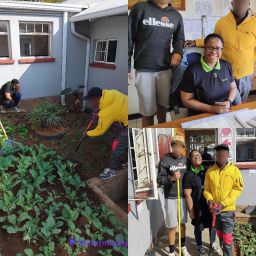In Step 9, we focus on making direct amends to people where possible, except when to do so would injure them or others, says Karen Griessel, a social worker at SANCA Wedge Gardens.
“The truth is that we would never have been able to sit down with people we’ve harmed to make direct amends without the spiritual preparation from previous steps.
“Step 9 can’t be contained within a particular time frame and making amends isn’t always a nerve-wracking, joyless experience. Often there is excitement about the prospects of healing a relationship, but, on the flip side, fear of rejection or retaliation is part of the process,” says Griessel.
She explains that the ultimate goal is to set right the damage caused in the past, with three primary concepts associated with making amends – resolution (to find an answer to the problem), restoration (to bring back to its former state something that has been damaged) and restitution (an act of returning something material or more abstract to its rightful owner).
“The spiritual growth we get from making direct amends depends on how much we put into our spiritual preparation and practice forgiveness, whether of oneself or others, and this requires tapping into our Higher Power’s strength and love and using it as a protective shield.
“The spiritual principles of Step 9 focus on humility, love and forgiveness, in the hope of moving on to freedom due to relief from guilt and shame; the lessening of obsession with ourselves; and the increased ability to be understanding, accepting and tolerant,” says Griessel.
















